Types of Memory Loss After Stroke: What You Need to Know
Published in Health Articles
A stroke can affect many parts of the brain, including those responsible for memory and thinking. When this happens, a person may struggle to recall events, recognize familiar people, or perform everyday tasks that once felt natural.
Understanding the different types of memory loss after a stroke is essential for families and caregivers to provide the right kind of support. With awareness and patience, recovery and improvement are possible over time.
How a Stroke Affects Memory
When a stroke occurs, blood flow to certain parts of the brain is blocked or reduced. This interruption can damage brain cells that control memory, speech, and problem-solving. The type and severity of memory loss often depend on which area of the brain was affected.
For example, damage to the left side of the brain may cause difficulty remembering words or language, while damage to the right side can affect visual memory and recognition. Rehabilitation and therapy can help improve these functions over time.
Types of Memory Loss After a Stroke
Each person’s experience with memory loss is unique. However, there are several common types seen among stroke survivors.
Short-Term Memory Loss
Short-term memory involves recalling recent information, such as what you ate for breakfast or where you placed your phone. After a stroke, a person may forget things that just happened or struggle to follow conversations.
This type of memory loss can make daily tasks frustrating. Using notes, alarms, or smartphone reminders can help manage short-term memory challenges while the brain heals.
Long-Term Memory Loss
Long-term memory holds information from the past, like childhood experiences, personal history, or familiar faces. Some stroke survivors find it hard to recall names, family events, or past achievements.
Unlike short-term memory loss, long-term memory issues may indicate deeper damage to the brain’s storage centers. However, repeated exposure to familiar photos, music, or stories can sometimes help restore those memories.
Working Memory Problems
Working memory is the ability to hold and use information for short periods-such as remembering steps in a recipe or following directions. Stroke survivors may struggle with multi-step tasks, even simple ones like cooking or managing bills.
Occupational therapy and memory exercises can help strengthen this skill by improving focus and organization.
Visual and Spatial Memory Loss
If the stroke affects the right side of the brain, it can disrupt a person’s ability to remember shapes, faces, or places. They might get lost in familiar areas or have trouble recognizing objects.
Visual aids, color-coded signs, or consistent room layouts can make navigation easier and safer at home.
Identifying and Managing Memory Loss
Memory loss may appear right after a stroke or develop gradually during recovery. Common signs include:
- difficulty recalling names
- repeating questions
- losing track of time
Professional assessment helps determine which type of memory loss is present and what therapies will work best. Cognitive rehabilitation, speech therapy, and mental exercises can make a meaningful difference in recovery.
For more information and helpful insights, families can explore understanding memory loss post stroke to learn how specialized care supports brain healing.
Encouraging Hope in Recovery
Memory loss after a stroke can be challenging, but improvement is possible with the right care and support. Each step in recovery matters, from therapy sessions to everyday mental exercises.
If you or someone you care about is dealing with post-stroke memory problems, talk to a healthcare professional and explore available therapy options. With patience, understanding, and the right treatment, recovery can lead to a better quality of life and renewed hope for the future.
Find solutions tailored to your needs-start exploring more articles today!


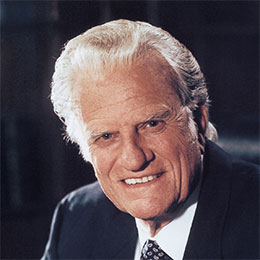




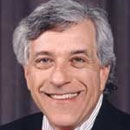
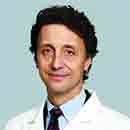










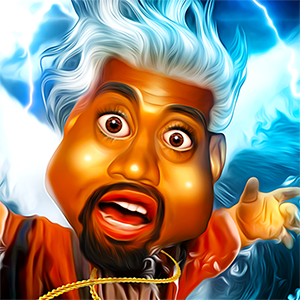
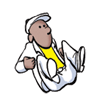


Comments